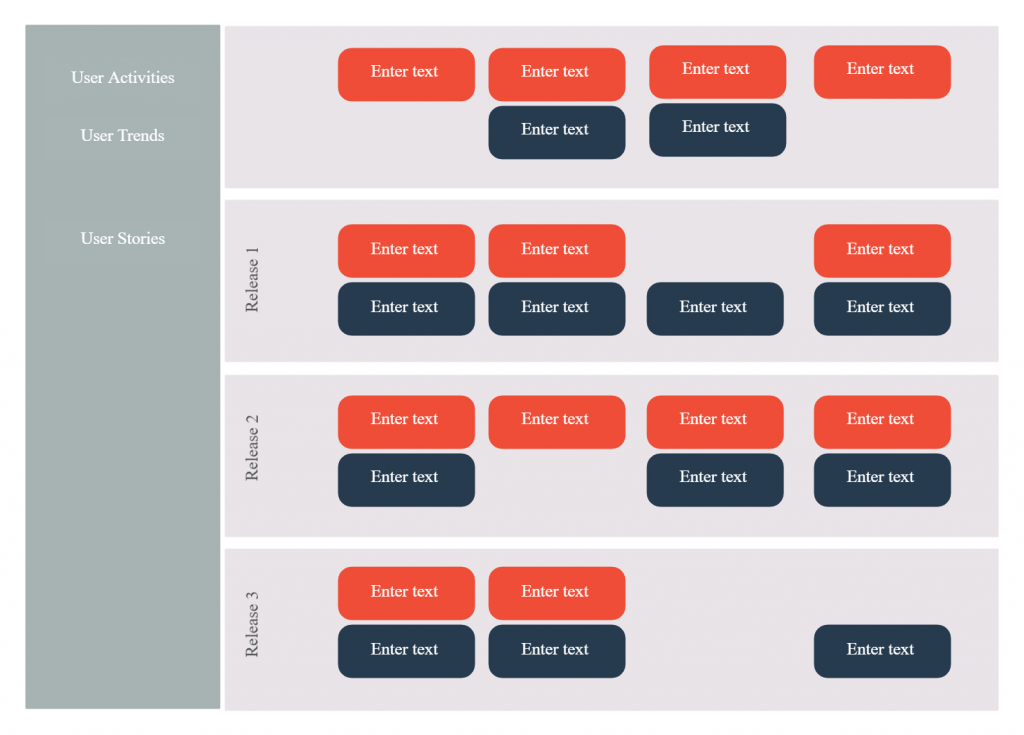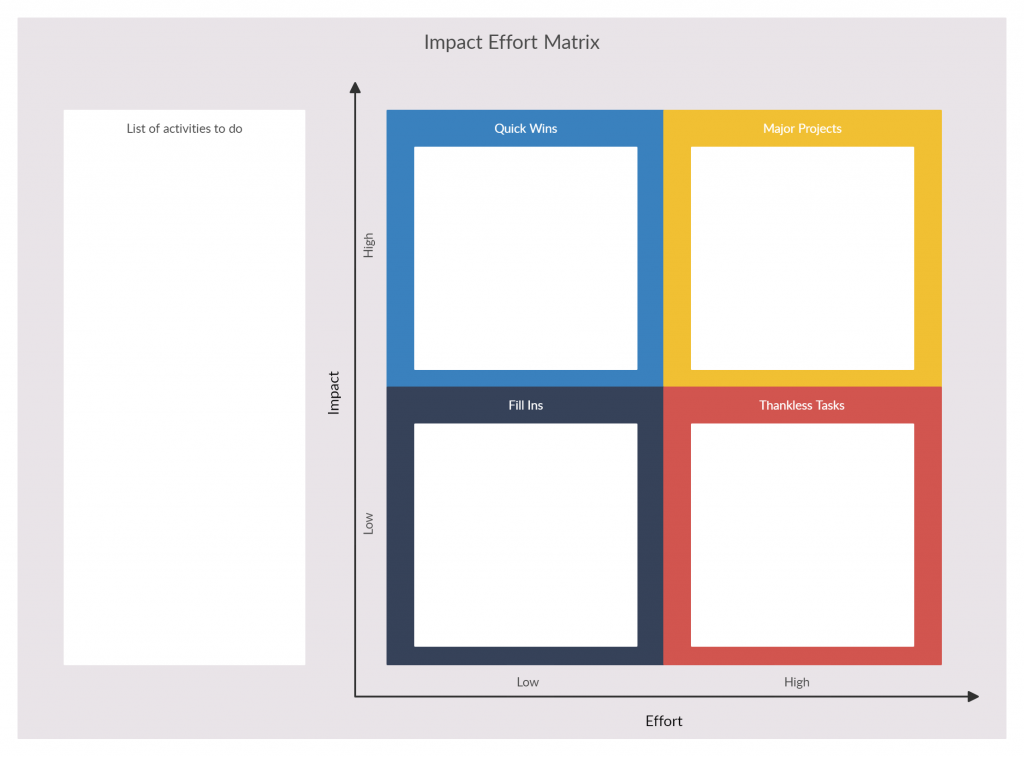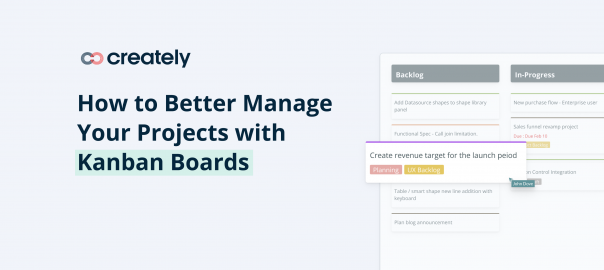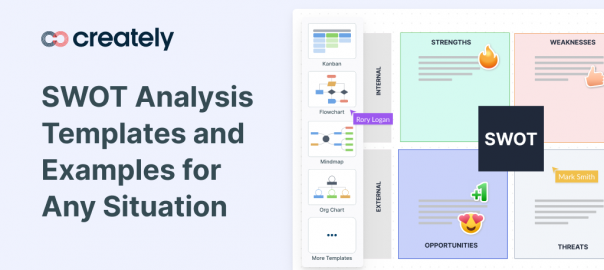An essential part of the continuous delivery system of product development is the management and implementation of a product backlog. It is a critical component of the Agile process and is the core of the delivery cycle. It allows teams to deliver value in short, iterative increments which focus on the end-user.
What is a Product Backlog?
A product backlog is a prioritized set of desired functionality that contains all the necessary items to complete a product release. It contains everything from new features, enhancements, technology upgrades, and bug fixes. And while it’s easy to mistake a product backlog for a task sheet or just a product development ‘to-do’ list, it’s so much more than that.
It is essentially the development command center where Agile teams break down requests into a series of components which are prioritized based on importance and complexity. A properly managed product backlog is critical for the team to run like a well-oiled machine.
What Does a Product Backlog Include?
A product backlog is not a list of technical specifications that need to be completed to further the development process. On the contrary, it is a collection of tasks expressed in plain language, communicating how it will make the user experience better.
It consists of user stories, possible bugs and challenges, insightful research findings and much more.
An important thing to note is that a product backlog is never truly ‘complete’. It is continually evolving as more issues, challenges, and opportunities are identified.
During the development, process teams are unable to do everything they want to do at once. A product backlog helps prioritize items based on importance and impact and creates a systematic workflow where teams address the most important items as they go.
Product Backlog Management
Backlog management is the process through which product owners add, adjust, groom, and prioritize the backlog to make sure the most valued features are shipped to users. Without proper backlog management, the backlog can become unreasonably large and complex. An oversized backlog affects innovation, slows your time to market, and can frustrate Agile teams.
Product backlog management is a discipline that ensures many of the core tenets of the Agile manifesto are preserved through the development process and is implemented to make sure the big picture is not lost during everyday tasks.
The core principles of backlog management are:
- Ensure continual innovation
- Focus on user experience
- Maintain costs
Visualizing the Product Backlog
A lot of product backlog management has to do with the coordination of multiple efforts. In order to do that effectively, you need to see all the moving parts involved in a build. A great way to do that is by using visual tools to represent different aspects of the development process to keep teams aligned and effectively distribute work.
User Stories
User stories are a great way to make sense of your backlog, it helps you prioritize what needs to get done and makes sure you keep the product vision at the core of everything you do.
This simple collaborative exercise helps you define where your users are with respect to your product, helps identify gaps and prioritize those features that will have the largest impact to the most number of people.

Kanban Boards
A Kanban board is a tool made popular in project management but can have great utility when implemented in the Agile process. It helps establish order into a team’s daily activities. You can visualize all the work that needs to be completed, limit work-in-progress and maximizes efficiency. It uses cards, columns, and continuous improvement to help teams commit the right amount of resources to each task and get the job done in the most efficient manner.

Retro Boards
Retrospective meetings are a great way to evaluate the progress a team is making at regular intervals during a build. A retro board helps teams list down the tasks completed, the wins and what challenges stood in their way. The backlog manager can then use this information to re-allocate resources, identify blockers, and more efficiently manage the backlog as a whole.

Backlog Grooming
One of the primary tasks of a backlog manager is to ensure that the product backlog stays as an effective tool for teams to plan and execute tasks around. When backlogs get too big or are filled with outdated or incomplete tasks, it can be hard for teams to properly prioritize work and maintain a continuous workflow.
Backlog grooming usually takes place as regularly scheduled sessions with the entire Agile team. The primary goal of backlog grooming is to keep the backlog up-to-date and ensure that backlog item are prepared for upcoming sprints
This regular refining of the backlog is done to ensure:
- Outdated stories and tasks are removed
- New users stories that reflect newly discovered insights are added to the backlog
- Larger user stories are broken down into smaller items
- User stories are reordered based on the current priority
- Story-points or timelines are reassigned if required
- Blockers are quickly identified and corrective action is taken.
Tips for Effective Backlog Management:
Start With the End User in Mind
Even the operational aspects of Agile development should focus on the value that will be delivered to the end user. You must align your product backlog with the product vision and tasks should be prioritized accordingly. Every decision should be made in context with the key benefits for the customer, and how the product is differentiated from the competition.
Improve Collaboration
Backlog management can never be done in isolation. It involves the consistent and frequent involvement of product managers and the development team. Encouraging people to participate in backlog discussions will increase the understanding of everyone in the team and result in a clear understanding of the project requirements.
Regularly Update Stakeholders
The product backlog is the single source of truth for the entire Agile team. The backlog manager needs to ensure the backlog is transparent and clearly communicates all the important information to everyone involved. Any change or update not reflected in the backlog needs to be communicated to all stakeholders.
Regularly Review Timelines
Fluidity is one of the core principles of the Agile Methodology. Adapting to changes and prioritizing tasks as new information arises is critical to keeping the user’s needs at the forefront.
As a result, original timelines are likely to change frequently. Regularly updating timelines is key to managing release cycles.
Set Priorities
Prioritization is the key point in backlog management and should be clearly aligned with the mutually agreed upon product vision and KPIs.
Using popular prioritization frameworks allows you to order ideas and plan iterations more easily.
Using the Impact Effort matrix, you can prioritize the tasks better and choose the most important ones for immediate development.

Tell us Your Views on Product Backlog Management
Product backlog management is an emerging discipline that is constantly evolving. Do you have any experience with the implementation of backlog management in your development process? We would love to hear some of your insights and learnings along the way. Please feel free to tell us about it in the comments below.




